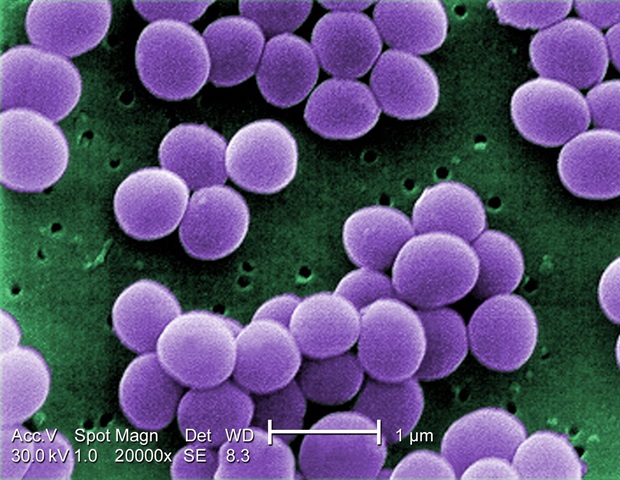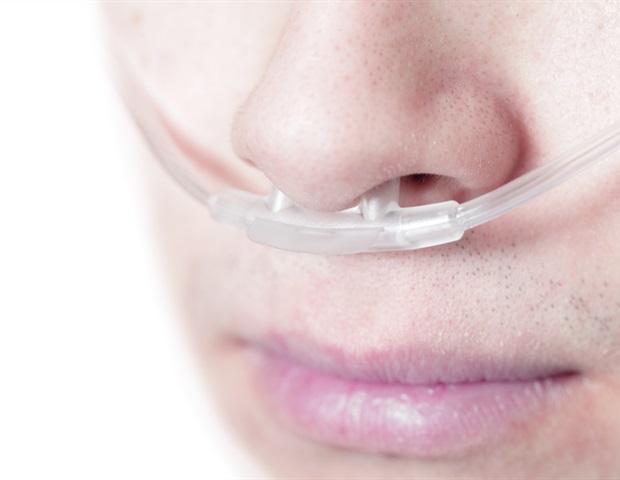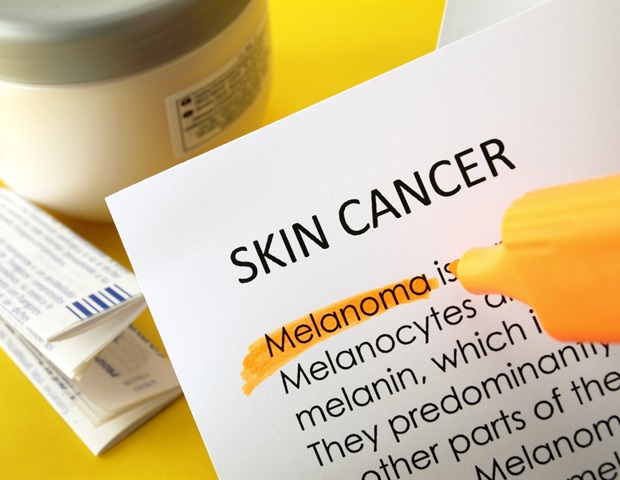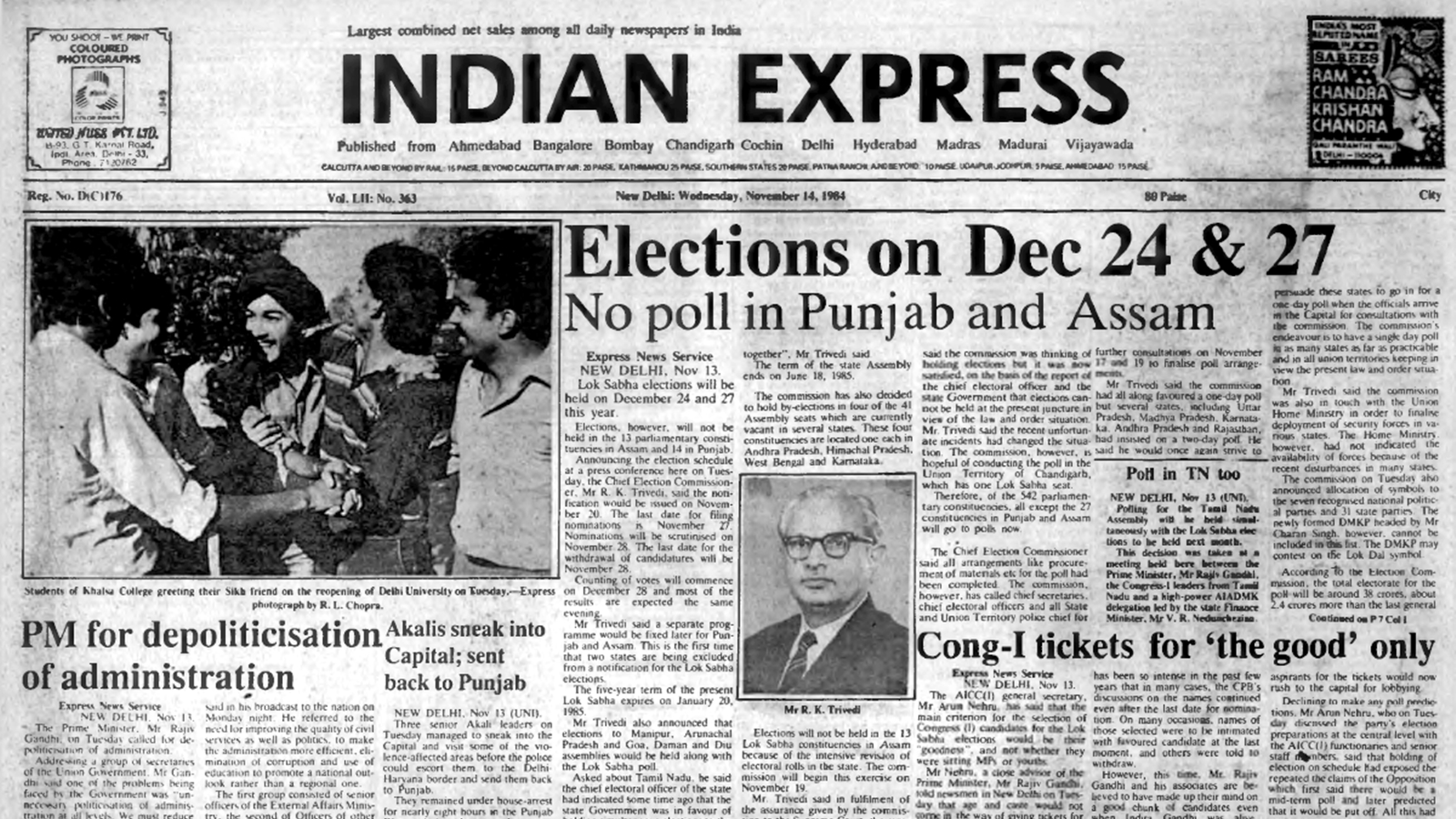From food ads to body image pressures, a global review exposes how social media drives unhealthy dietary habits in children as young as five.
 Review: Negative Influence of Social Media on Children’s Diets: A Systematic Review. Image Credit: Jelena Stanojkovic / Shutterstock
Review: Negative Influence of Social Media on Children’s Diets: A Systematic Review. Image Credit: Jelena Stanojkovic / Shutterstock
Scientists at the University of North Texas, USA, have conducted a systematic review of existing literature to understand the impact of social media on children’s dietary habits.
The study is published in the journal Encyclopedia.
Background
Social media has become an integral part of today’s lifestyle. The ever-increasing rate of social media use has raised concerns, particularly for children, as it can impact various aspects of their well-being, including dietary habits and nutritional health.
Continuous exposure to information about nutrition, healthy recipes, and wellness trends via social media platforms can influence a child’s food preferences, eating behavior, and related aspects.
Various food and beverage industries use social media platforms to target young users with unhealthy food product advertisements, which can negatively impact their food preferences. Similarly, social media can create peer pressure on children by exposing them to videos and images of influencers and friends consuming unhealthy foods.
Exposure to idealized body images through social media platforms can create unrealistic body standards and exacerbate body dissatisfaction. Unfulfillment of such goals can subsequently make them more vulnerable to developing body dissatisfaction and adopting unhealthy eating behaviors.
This systematic review aimed to analyze the recent evidence on the negative impacts of social media on children’s diets across diverse populations and contexts.
Study Design
The authors searched various electronic databases to identify observational and experimental studies published between 2020 and 2024. They investigated the association between social media use and dietary outcomes in children aged 5 to 18.
A total of 25 studies were included in the analysis. Four key themes were analyzed: exposure to unhealthy food advertisements, peer pressure promoting unhealthy food intake, distorted body image perceptions leading to unhealthy eating, and reduced mealtime quality due to social media distractions.
Important Observations
Studies focusing on content exposure showed positive associations between social media use and consumption of unhealthy foods, including sweetened beverages, fast food, and high-calorie snacks.
Regarding social media influencer marketing, evidence indicated that exposure to influencer marketing of unhealthy foods can lead to heightened vulnerability to peer comparisons, poor body image perception, and increased consumption of advertised foods. Children exposed to food advertisements on social media had a stronger preference for unhealthy foods.
Regarding eating behaviors, evidence indicated that children participating in social media-based diet trends and food challenges are at higher risk of developing eating disorders and nutritional inadequacies.
Regarding screen time, studies found that higher social media use is associated with increased meal skipping, unhealthy snacking behavior, increased emotional eating, food addiction, physical inactivity, and higher body mass index (BMI).
Regarding body image perception, studies found that frequent exposure to idealized body images can lead to body dissatisfaction and restrictive eating behaviors. Children who frequently post food-related content on social media were found to exhibit higher levels of dietary restriction and weight concerns.
Regarding social media as a source of information, evidence indicates that exposure to nutrition-related misinformation can lead to poor nutritional knowledge among children, which in turn can influence their choices toward unhealthy food products. The proliferation of misinformation is a critical area requiring immediate intervention.
Study Significance
This systematic review includes studies from several countries across continents and thus provides a global perspective on the impact of social media use on dietary habits among children and adolescents.
However, the findings also reveal key gaps, such as the limited inclusion of studies from regions like Latin America, Africa, and parts of Asia, making it challenging to generalize results globally.
Most studies included in the review were published during the coronavirus disease 2019 (COVID-19) pandemic, which could lead to a potential bias that lockdowns might have increased overall screen time and social media use among children and adolescents.
The study analysis reveals social media's consistent and widespread influence on unhealthy eating patterns across various populations and contexts. Multiple studies have reported a strong impact of social media influencer marketing and food advertisements on unhealthy food choices.
Notably, social media use has been found to affect the dietary behaviors of children as young as 5 to 8 years old. Among adolescents, social media has been found to contribute to poor body image perceptions and the development of eating disorders.
Given these observations, the authors suggest that public policymakers should urgently implement strict regulations on food marketing directed at children through social media platforms.
They further highlight the importance of addressing gaps in parental awareness and involvement by promoting resources to help parents mediate their children's online exposure. They also highlight the need to prioritize media literacy education in schools to help children critically analyze and understand online content.
Future studies should explore the long-term impacts of social media and protective factors to guide policies for creating healthier digital environments for children.
Additionally, there is a need for research into how social media can be effectively leveraged to promote healthier dietary behaviors, turning it into a tool for positive change.
Journal reference:
- Prybutok V. 2024. Negative Influence of Social Media on Children’s Diets: A Systematic Review. Encyclopedia. https://www.mdpi.com/2673-8392/4/4/111

 6 hours ago
1
6 hours ago
1















.png)

.png)
.png)
.png)













 English (US) ·
English (US) ·  Hindi (IN) ·
Hindi (IN) ·